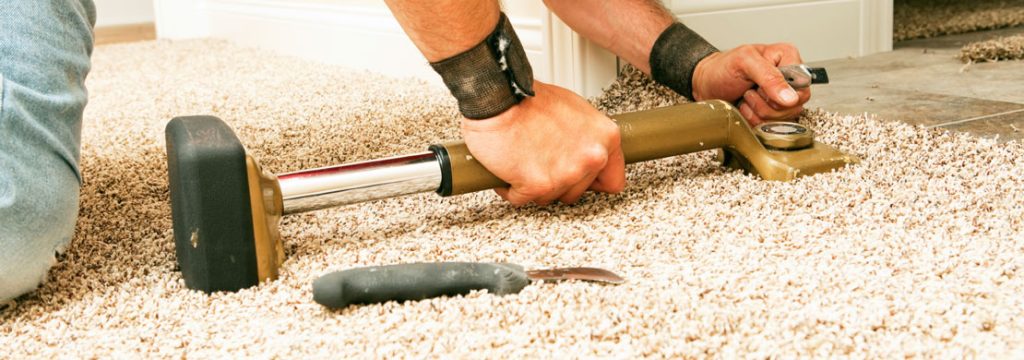Carpet patch repair is an essential skill for maintaining the aesthetic and functional integrity of carpets in homes and offices. Accidents happen, and whether it is a burn mark, stubborn stain, or a small tear, knowing how to patch a carpet effectively can save both money and the hassle of full carpet replacement. This guide will delve into the techniques and tools necessary for a successful carpet patch repair, ensuring your carpet remains in top-notch condition.
Tools Required
Before diving into the repair techniques, it is important to have the right tools at hand. The essential tools include a carpet cutter or utility knife, carpet tape, adhesive, a straightedge, and a steam roller. Additionally, having a matching carpet remnant is crucial for an inconspicuous repair. If a remnant is not available, you might need to cut a piece from a hidden area, like a closet.

Preparing the Area
The first step in Carpet Repair in Fort Lauderdale is to prepare the damaged area. Clear the space of any furniture and thoroughly vacuum the carpet to remove dirt and debris. Identify the damaged section and cut it out using a carpet cutter or utility knife. Ensure the cut is clean and straight, preferably in the shape of a square or rectangle, as this makes it easier to fit the patch. Use a straightedge to guide your cuts for precision.
Cutting the Patch
Once the damaged section is removed, use it as a template to cut the patch from the remnant. Place the template on the remnant and cut around it carefully. Ensuring that the patch is the exact size of the removed section is vital for a seamless repair. The direction of the carpet fibers should also match to maintain uniformity in appearance.
Applying the Patch
With the patch cut to size, the next step involves securing it in place. Carpet tape or adhesive can be used for this purpose. If using carpet tape, apply it around the edges of the hole, ensuring there is enough tape to hold the patch securely. For adhesive, apply a thin layer around the edges of the hole. Carefully place the patch into the hole, ensuring it fits snugly and the fibers align. Press down firmly to secure it in place.
Finishing Touches
After the patch is in place, use a steam roller to blend the edges of the patch with the surrounding carpet. This step helps to smooth out any discrepancies and ensures the patch is level with the rest of the carpet. For a more professional finish, you might need to trim any excess fibers with scissors.
Blending and Brushing
To further blend the patch, gently brush the carpet fibers around the repaired area. This helps to merge the patch with the existing carpet, making the repair less noticeable. In some cases, using a vacuum cleaner over the area can help to lift and align the fibers uniformly.
Final Inspection
Inspect the patched area from different angles to ensure the repair is seamless. If there are visible lines or mismatched fibers, make minor adjustments by trimming or brushing the fibers as needed. Regular maintenance and immediate attention to any new damage can prolong the life of your carpet and keep it looking pristine.
By following these techniques and utilizing the appropriate tools, carpet patch repair can be a straightforward and effective solution for minor carpet damages. With practice, homeowners and office managers can master this skill, saving time and money while maintaining the beauty and functionality of their carpets.
